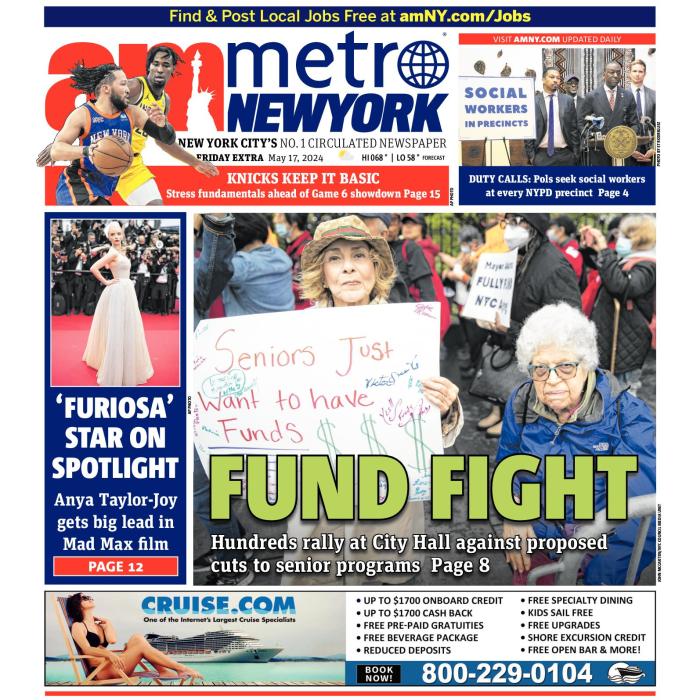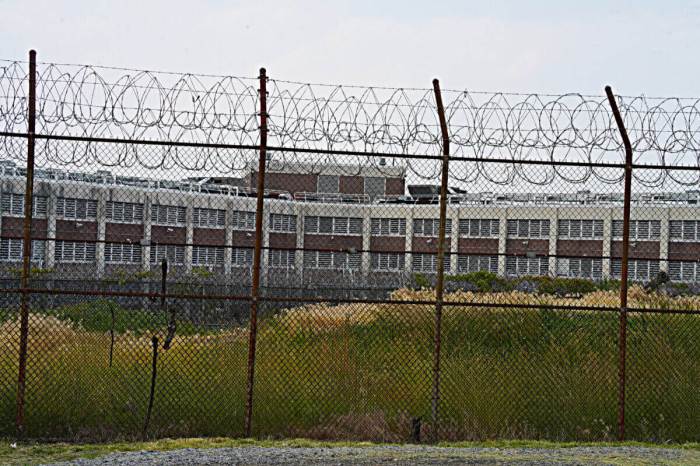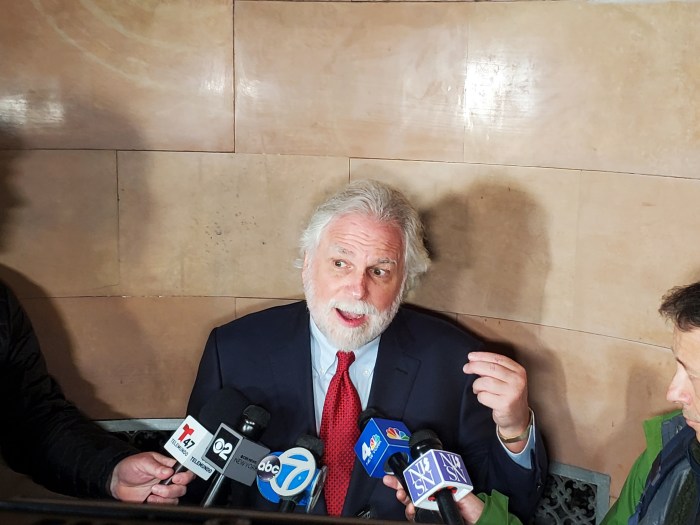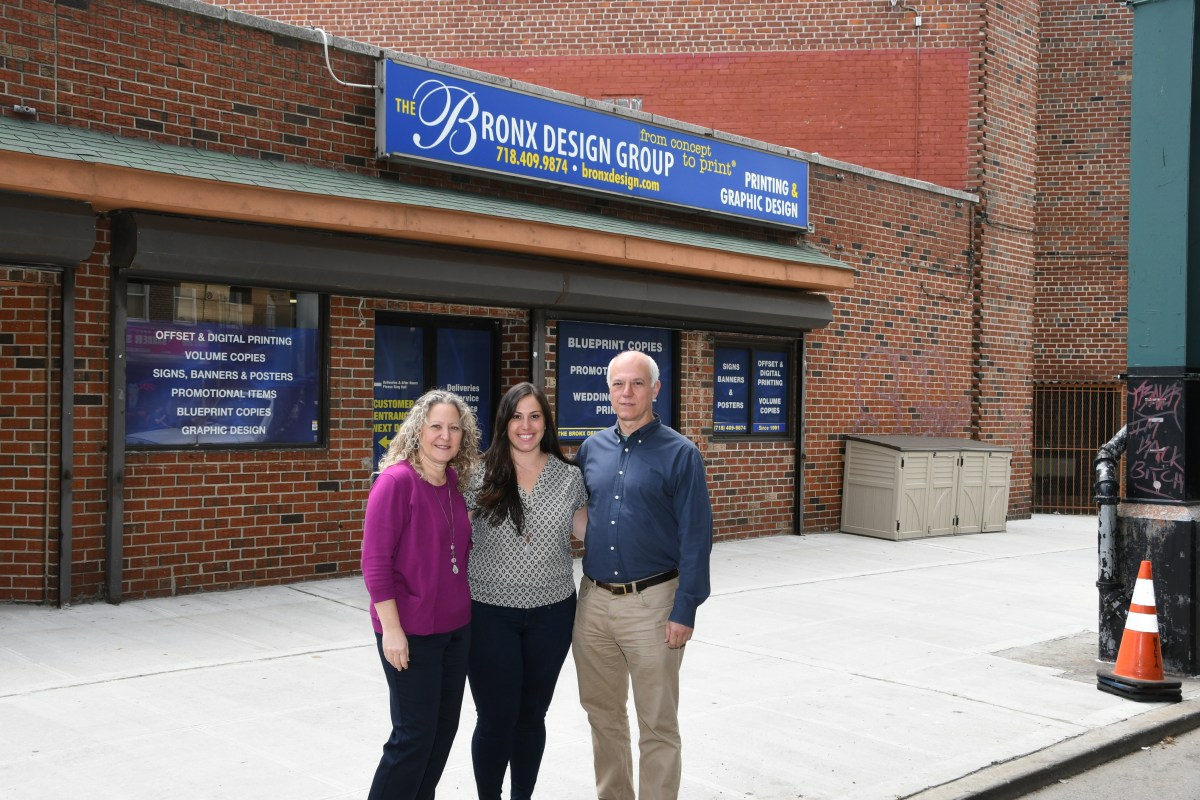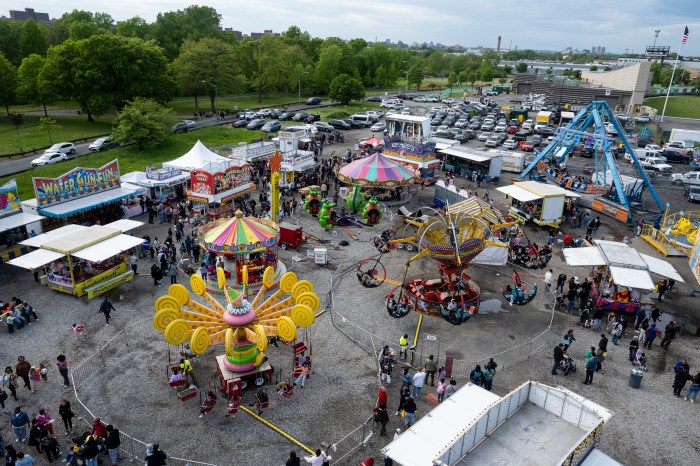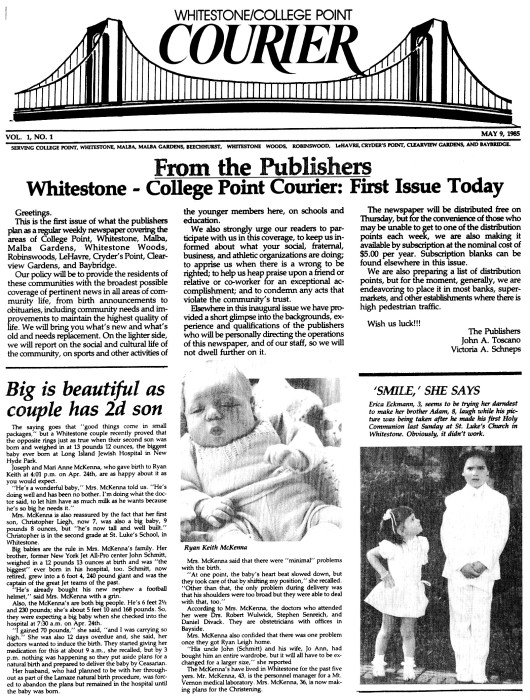Where the elites meet, to close a street
To The Editor:
Re: “L Train Upheaval Could Usher in Car-Free Era on 14 Street” (news, May 19, 2016):
Oh yes, now let’s shut down 14th St. to cars, so that commuters from the “elite” areas of Brooklyn, served by the L train, are not inconvenienced. Well, news flash: R commuters, A & C commuters, E, F & G commuters, and 7 Line commuters have all suffered, and are suffering, your impending fate. They all have had, or are having, work that needs to be done, due to post-Superstorm flooding in their affected tunnels.
They also have, and are “surviving,” these closures. This proposal to shut down a major crosstown street to cars is ludicrous. The entire Union Square area and beyond is already congested due to other traffic-“calming” ideas, pedestrian plazas, truck deliveries (which would never take place at night as someone suggested), and construction — and let’s not forget the bike lanes.
Brad Hoylman, Polly Trottenberg, and the other proponents of this idiotic plan need to go back to their drawing boards; or better yet, just keep their noses out of it and it will work itself out, as the city did, and does, in all of these other affected areas.
Richard Hecht
Congestion pricing could be a crosstown fix
To The Editor:
Re: “L Train Upheaval Could Usher in Car-Free Era on 14 Street” (news, May 19, 2016):
I fail to see the benefit of the proposal to reorganize 14th St. during the work on the L train tunnels. How will the reorganization of 14th St. in Manhattan benefit people who live in Brooklyn and who now use the L train? For most of them, I would guess that 14th St. is not their final destination. So if they cannot use the L train, they may take a route which does not involve 14th St. There will probably be a number of options.
Certainly increased bus service on 14th St. will help people who live in Manhattan and use the L train in Manhattan or the crosstown bus. However, the banning of private vehicles from 14th St. will only increase automobile and truck traffic on the adjacent streets, with more congestion and more pollution. And how will trucks make it across town when they are already not supposed to use residential streets?
The article notes that the reorganization would be temporary, but suggests that it might become permanent. What if it became a model for all the major crosstown streets (23rd, 34th, etc)? I suspect that the proposal appeals to the many New Yorkers who dislike private automobiles and who would like to see them all banned from the city. But face it: Automobiles are a necessary part of our lives and they have a place in our community. So the question is how to organize our streets for the benefit and the safety of all users, pedestrians and drivers, automobiles and trucks.
One suggestion has been congestion pricing, which would require drivers to pay to enter Manhattan below, say, 96th St. This would be a fix which would apply uniformly to a good part of Manhattan rather than a one-time, one-place “solution” which would only add to the confusion of traffic in the borough. The problems which will be caused by the necessary work on the tunnels used by the L train will not be solved by the suggested reorganization of one major crosstown street.
John Wilson
